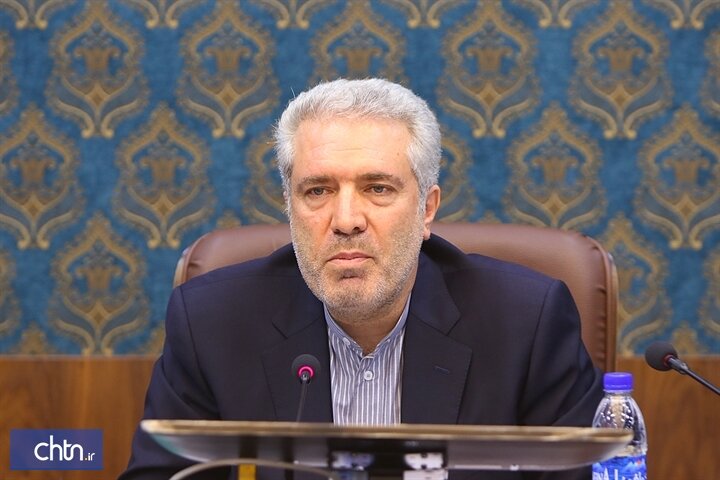Three Iranian cities, one village registered by World Crafts Council

TEHRAN – Three Iranian cities and one village have recently been named as world craft hubs by the World Crafts Council - Asia Pacific Region (WCC-APR), tourism minister announced this morning.
“By inclusion of Qassemabad village and the cities of Shiraz, Zanjan and Malayer on crafts list of the World Crafts Council, now, the country embraces 14 cities and villages gained such a privilege,” Ali-Asghar Mounesan said, CHTN reported on Tuesday.
Last December, WCC-APR Director Ghada Hijavi along with fellow experts visited various handicraft workshops, stores, exhibits as well as craftspeople in the four destinations to follow up on their assessments.
Shiraz is named a “world city of [diverse] handicrafts”. Celebrated as the heartland of Persian culture for over 2000 years, the southern city was one of the most important cities in the medieval Islamic world and was the Iranian capital during the Zand dynasty (1751–1794).
Malayer is made a global hub for woodcarving and carved-wood furniture. Located in west-central Hamedan province, the ancient city is home to over 4,000 furniture workshops in which more than 8,000 wood masters and some 25,000 crafters are engaged. It was named a national city of woodcarving earlier in the year 1395 (ended March 2017).
Zanjan is gained the title of a “world city of filigree”. The art consists of curling, twisting, or plaiting fine, pliable metal threads and soldering them at their points of contact with each other and, if there is one, with the metal groundwork. Filigree, delicate, lacelike ornamental openwork composed of intertwined wire threads of gold or silver, widely used since antiquity for jewelry.
Situated in Roodsar county, Gilan province, Qassemabad village is nationally known for its traditional costumes because of their vibrant colors and uniquely beautiful designs. However, the Chador Shab, a kind of homemade outer-garment for women, was the main subject for the WCC assessment.
Iran’s handicrafts exports reached $289 million in the past Iranian calendar year 1397, showing three percent growth year on year, based on data released by the Ministry of Cultural Heritage, Tourism and Handicrafts.
Traditional ceramics, pottery vessels, handwoven cloths as well as personal ornamentations with precious and semi-precious gemstones are among Iranian exports to Iraq, Afghanistan and Germany, the U.S., the UK, and other countries.
AFM/AFM
Leave a Comment